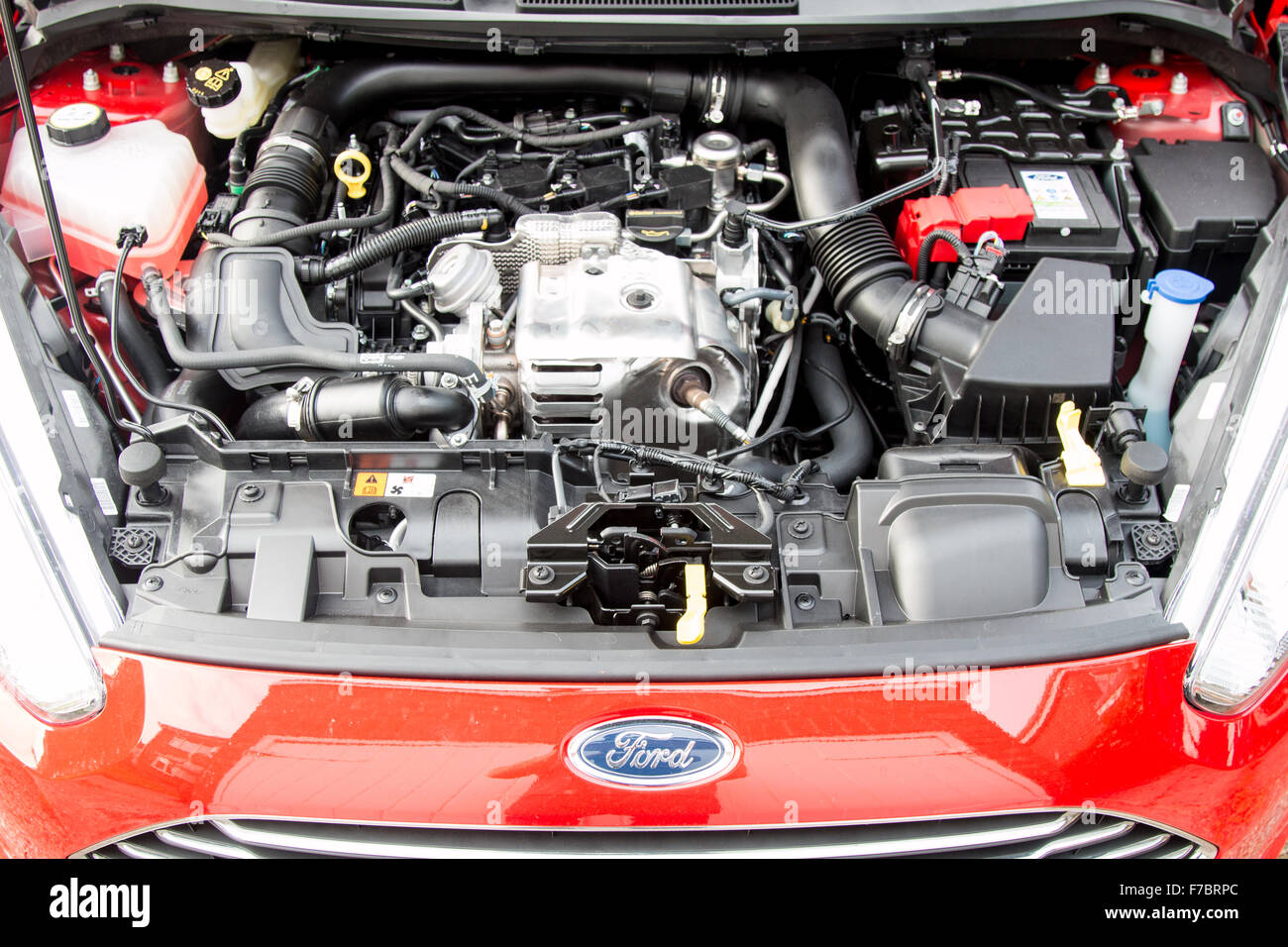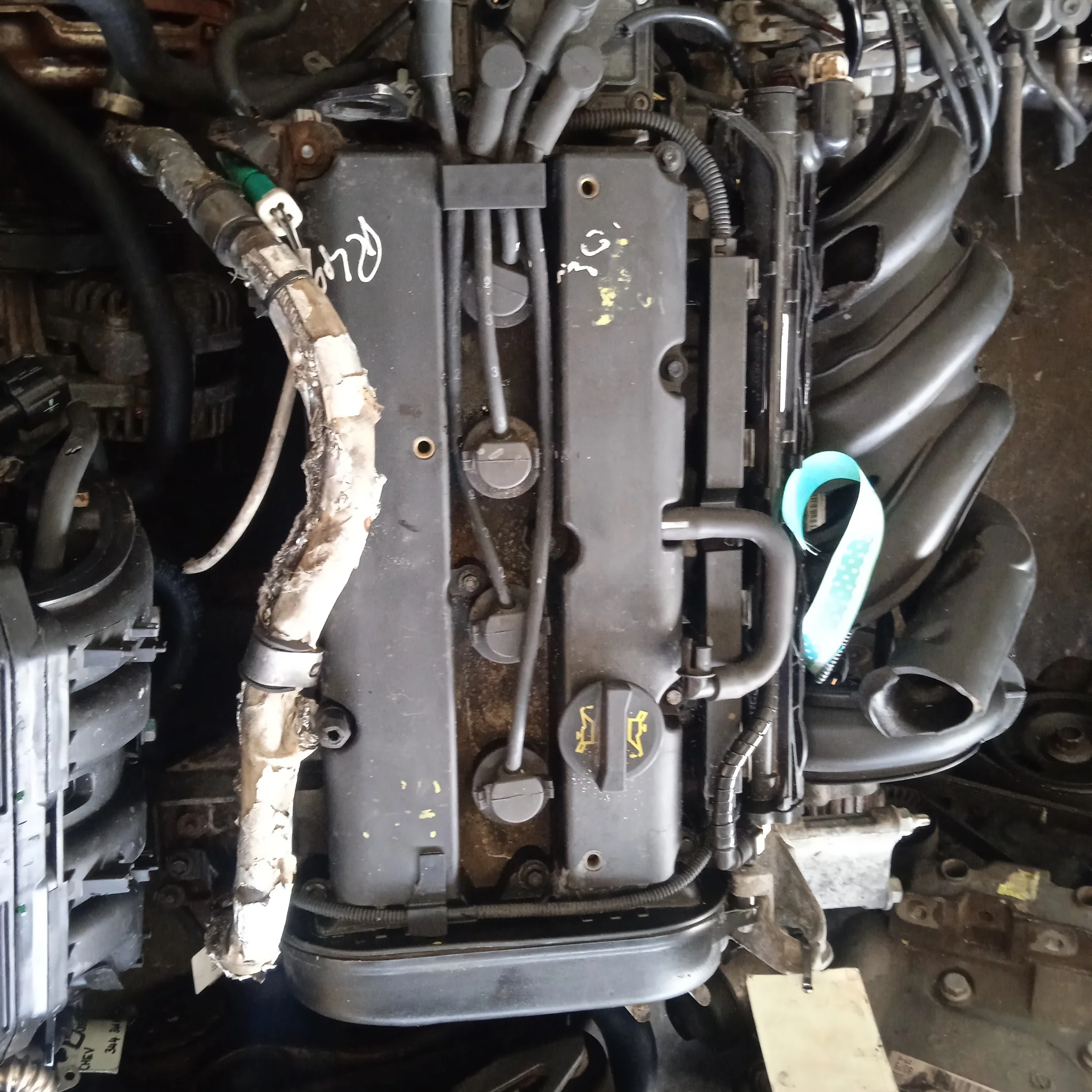Discovering the Advancement of Engines: From Timeless Layouts to Modern Marvels
The development of engine innovation represents a significant story in the background of technology, noted by pivotal developments that have constantly redefined transportation and industry. From the initial vapor engines that powered the Industrial Change to the development of interior burning engines that changed flexibility, each stage has actually added to greater performance and ability. Presently, the shift to electrical power indicates not just a technological change but also a more comprehensive dedication to environmental sustainability. As we examine these milestones, one need to think about just how the future of engine design may unravel, testing our assumptions of power and effectiveness.
The Birth of Engine Modern Technology
The introduction of engine modern technology noted a zero hour in human innovation, changing power conversion and transport. The earliest engines arised from the requirement to harness mechanical power for useful use, bring about the development of tools that transformed numerous power kinds into motion. The concept of the engine can be traced back to old human beings, where easy makers, such as the waterwheel and windmill, used all-natural pressures to execute job. However, it was throughout the late 17th and very early 18th centuries that significant improvements started to emerge.
The advancement of the inner burning engine and the innovation of the vapor engine militarized an extensive change in industrial abilities. These engines not just boosted efficiency however additionally broadened the scope of human mobility, making it possible for unprecedented transport opportunities. The very early prototypes laid the groundwork for the mechanical world, assisting in the increase of industries and improving social structures.
As engine layouts progressed, they advanced and integrated ingenious products engineering concepts, paving the means for contemporary developments - ford fiesta engine. The birth of engine technology fired up a relentless search of efficiency and power, setting the phase for the dynamic advancement of transport and industrial equipment that would adhere to
Heavy Steam Engines and Their Influence

The steam engine's impact was specifically obvious in the transport market (ford fiesta engine). Steam-powered locomotives helped with the rapid activity of goods and people across vast distances, effectively diminishing the geographical obstacles that had formerly hindered profession and communication. Steamships revolutionized marine traveling, enabling for quicker and more trusted crossings of seas and rivers.
In sector, steam engines powered factories, making it possible for automation and the rise of urban centers as hubs of financial activity. This change not only modified labor characteristics yet additionally added to the development of a consumer-driven culture. Moreover, heavy steam technology cultivated developments in engineering and manufacturing processes, laying the groundwork for future innovations in engine design. The tradition of heavy steam engines is extensive, showing a turning point in human ingenuity and the ruthless quest of progression.
The Surge of Inner Burning
Often eclipsing vapor power, the increase of inner burning engines noted a transformative change in transportation and market throughout the late 19th and very early 20th centuries. The development of these engines, characterized by their capability to shed gas within the engine itself, made it possible for higher performance and power compared to standard vapor engines. Introducing creators such as Nikolaus Otto and Rudolf Diesel played critical roles in refining engine designs, bring about prevalent adoption in automobiles, boats, and commercial equipment.
The interior combustion engine's portable dimension and fairly lightweight nature promoted the appearance of individual vehicles, reinventing individual movement and reshaping city landscapes. By making it possible for faster traveling and the efficient transportation of products, these engines militarized economic growth and promoted globalization. The versatility of gas alternatives, including fuel and diesel, better enhanced their charm, permitting diverse applications throughout various industries.
Despite the ecological concerns that would certainly later on emerge, the preliminary appeal of interior combustion modern technology stocked its transformative possibility. As society accepted this innovation, the structure was laid for contemporary transport systems, establishing interior burning engines as a foundation of commercial development and every day life throughout the 20th century.
Innovations in Engine Effectiveness
As internal combustion engines ended up being essential to transport and sector, the focus shifted in the direction of boosting their efficiency to meet growing demands for efficiency and sustainability. Developments in engine layout, material science, and innovation have actually significantly contributed to this evolution.
One significant development is the development of turbocharging, which enables enhanced air intake, leading to more complete fuel combustion and enhanced power outcome without increasing the size of engine dimension. In addition, variable shutoff timing systems have actually been executed to optimize engine performance across various RPM varieties, therefore enhancing gas effectiveness.
The use of innovative gas shot modern technologies, such as direct shot, has actually additionally played an essential role. This technique enables even more precise control over the fuel-air mixture, promoting far better burning and reducing discharges. In addition, lightweight materials, including aluminum and composite parts, have been adopted to decrease overall engine weight, bring about boosted effectiveness.
These innovations reflect a more comprehensive pattern within the vehicle industry, where the synergy between design advancement and ecological factors to consider drives the you could check here ongoing quest for higher performance in inner combustion engines. Therefore, modern-day engines are now extra effective, cleaner, and reliable than ever previously, leading the method for a more lasting future in transportation.
The Shift to Electric Power
With expanding issues over ecological impact and fossil fuel reliance, the auto market is experiencing a substantial shift towards electric power. This transition is driven by a combination of technological innovations, governing stress, and transforming consumer choices. Electric vehicles (EVs) supply a compelling option to standard internal combustion engines, boasting decreased greenhouse gas emissions and lower operating prices.
The rise of battery modern technology has been a video game changer, with lithium-ion batteries becoming more reliable and economical. Improved energy density and faster charging capabilities have made EVs extra useful for day-to-day use. Additionally, governments worldwide are carrying out motivations and setting enthusiastic targets for terminating nonrenewable fuel source lorries, thereby increasing the adoption of electrical power.
Significant automakers are investing greatly in r & d, bring about the intro of a diverse variety of electrical designs. This consists of not just guest cars however additionally business cars and public transport services. As charging framework expands and battery modern technology remains to boost, the shift to electrical power helpful hints is positioned to reshape the vehicle landscape, advertising sustainability and development in the years to find. The future of transport is electrical, and the energy is indisputable.
Verdict
The advancement of engine technology stands for a significant trajectory of innovation that has greatly affected transport and industry. From the foundational steam engines to the transformative internal burning engines, each growth has actually added to improved flexibility and economic growth.
